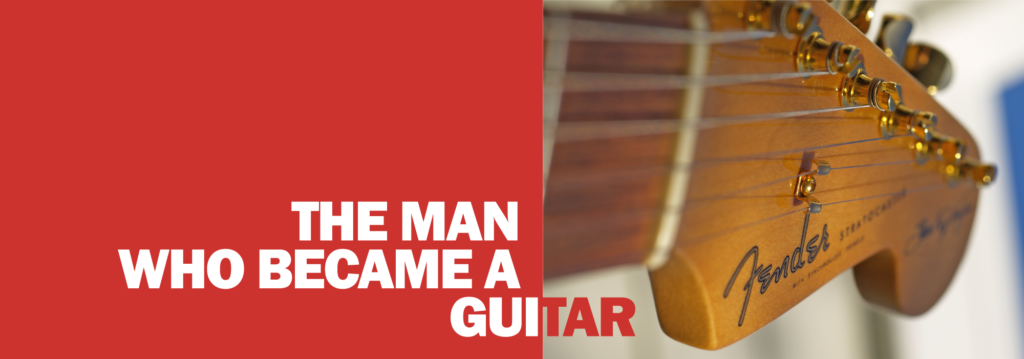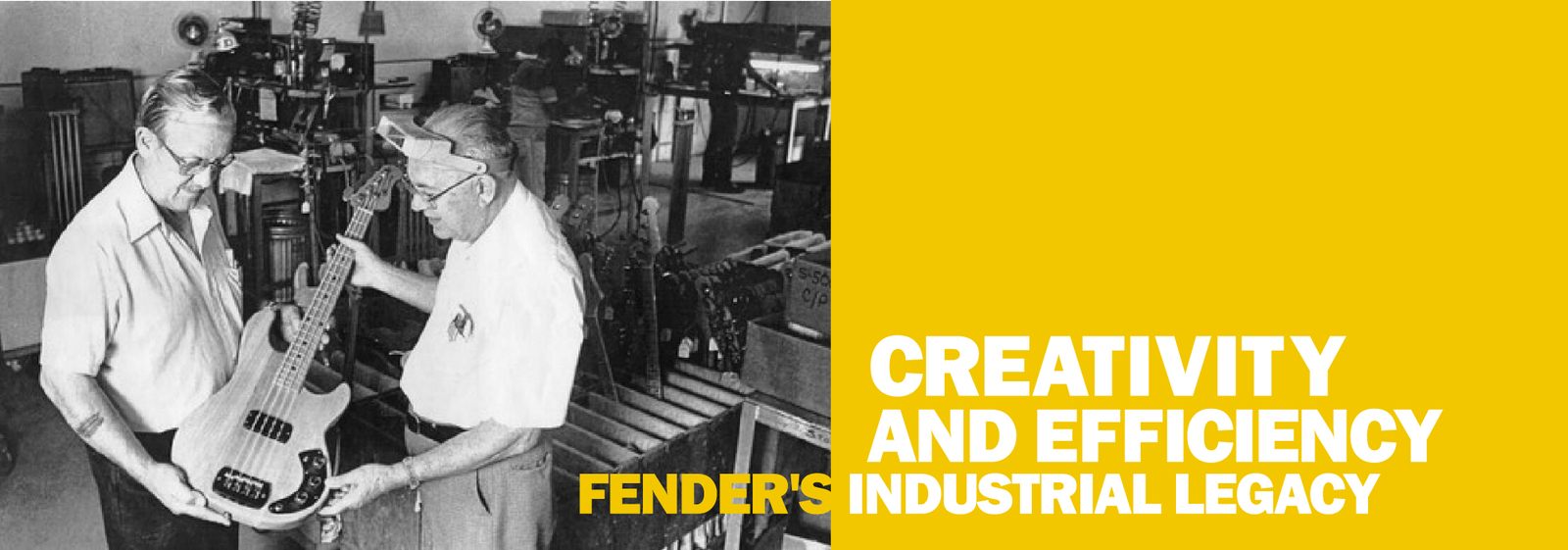
The Electric Guitar Market: Before and After Fender
Before Fender’s groundbreaking innovations, the electric guitar market was a narrow and elitist space. Dominated by complex and expensive designs, it catered mainly to jazz and swing musicians who needed to amplify their hollowbody guitars to stand out in increasingly louder ensembles. However, despite their innovation, these instruments had significant flaws, such as acoustic feedback issues and high production costs, making them inaccessible to most musicians.
A Restricted and Conservative Guitar Market
In the 1930s, brands like Gibson led the market with models such as the ES-150, a hollowbody electric guitar primarily designed for jazz. While these instruments were advanced in both technical and aesthetic terms, they perpetuated a paradigm that stifled creative freedom.
Additionally, the market was controlled by a small number of manufacturers, which limited diversity and innovation. These guitars failed to meet the practical needs of musicians who sought affordable, functional tools capable of adapting to louder sonic environments.
After World War II, the U.S. experienced an industrial boom, fueling the emergence of new musical styles like rock and roll and electric blues. This cultural shift created an opportunity that Leo Fender was quick to seize.
Fender and the Transformation of the Guitar Market
Fender emerged as a game-changer, breaking the mold with a practical and functional approach. In 1950, Fender introduced the Telecaster, the first mass-produced solid-body electric guitar, followed by the Precision Bass in 1951.
These instruments were not only technically innovative but also accessible. Fender disrupted the market by prioritizing simplicity and functionality:
- Practical and Affordable Design: The Telecaster featured a bolt-on neck and solid body, making it easy to manufacture and repair. This significantly reduced production costs and allowed for efficient mass production.
- Adaptation to New Genres: These guitars met the needs of rock, blues, and country musicians, delivering a powerful sound without the feedback issues of hollowbody designs.
- Mass Production: Fender adopted industrial manufacturing techniques that not only increased the availability of electric guitars but also lowered their prices, making them affordable to a much broader audience.
This approach allowed Fender to open up the electric guitar market, making these instruments accessible to both professional musicians and amateurs. Electric music, once reserved for an elite few, became democratized, ushering in a new era.
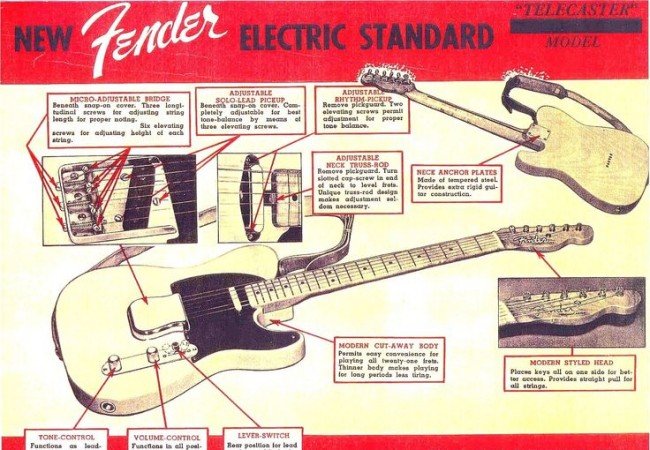
Fender: Industrial Innovation and Its Business Legacy
Fender’s impact extended far beyond the music world, leaving a significant mark on industrial manufacturing and business strategy. Its revolutionary approach to mass production set a new standard for the musical instrument industry. Drawing inspiration from the automotive industry, Fender implemented techniques such as interchangeable parts and standardized processes, which reduced costs and increased efficiency.
This strategy not only made electric guitars more accessible but also transformed how instruments were conceived and produced, setting a replicable model for other manufacturers. Fender positioned itself as a pioneer not only in design and technology but also in integrating functionality with aesthetic appeal to reach wider markets.
Fender’s success became a benchmark for other industries, proving that combining technical innovation with a clear business vision could redefine entire sectors. Its industrial legacy remains a textbook example of how creativity and efficiency can coexist to create lasting cultural and business impact.
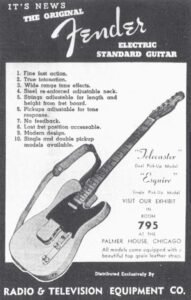
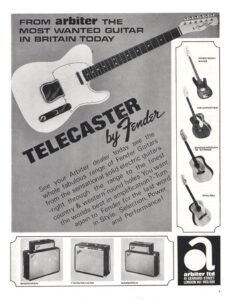
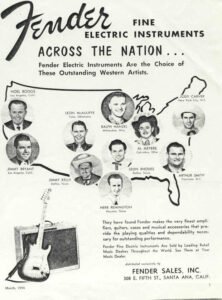

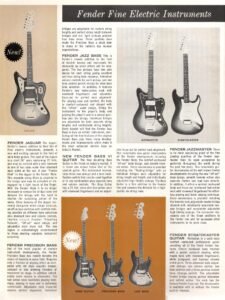
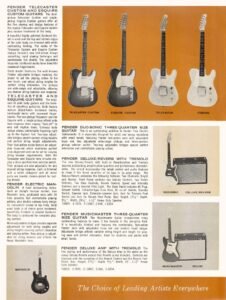

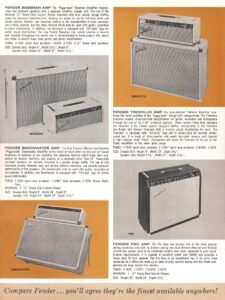
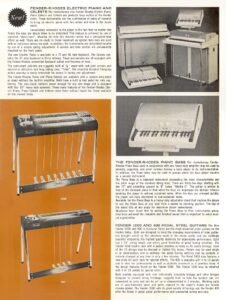
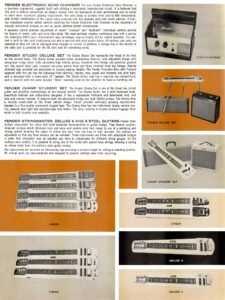
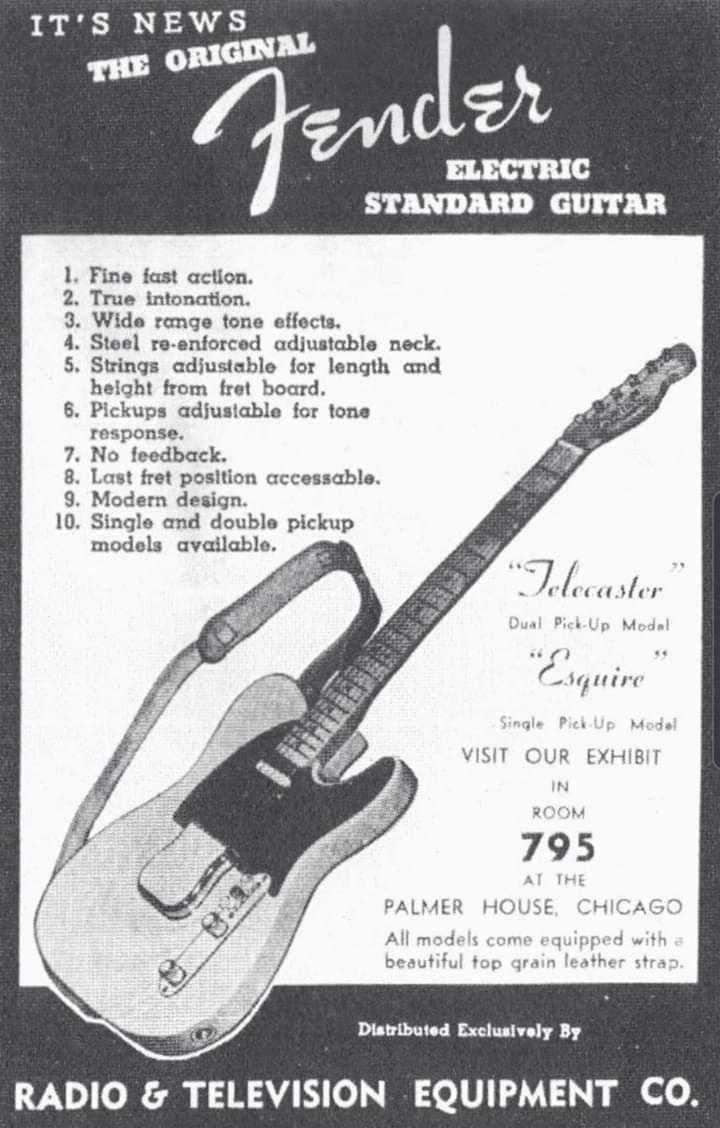
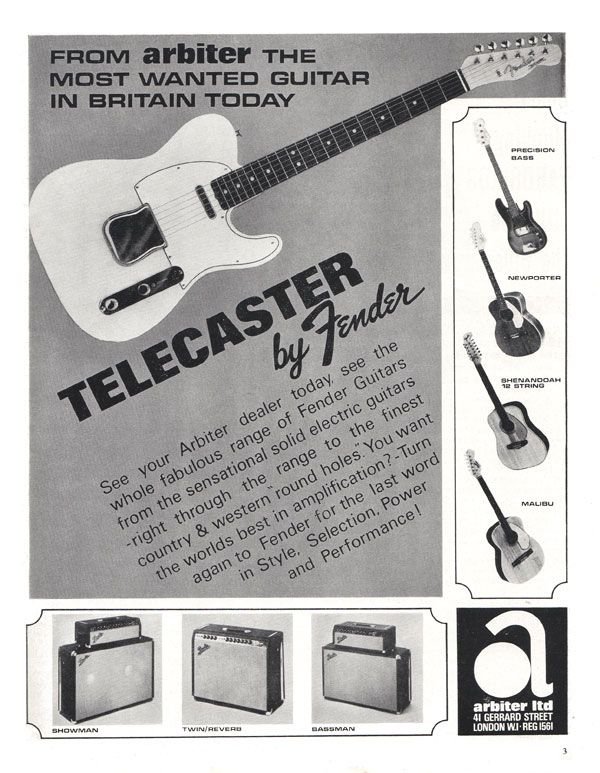
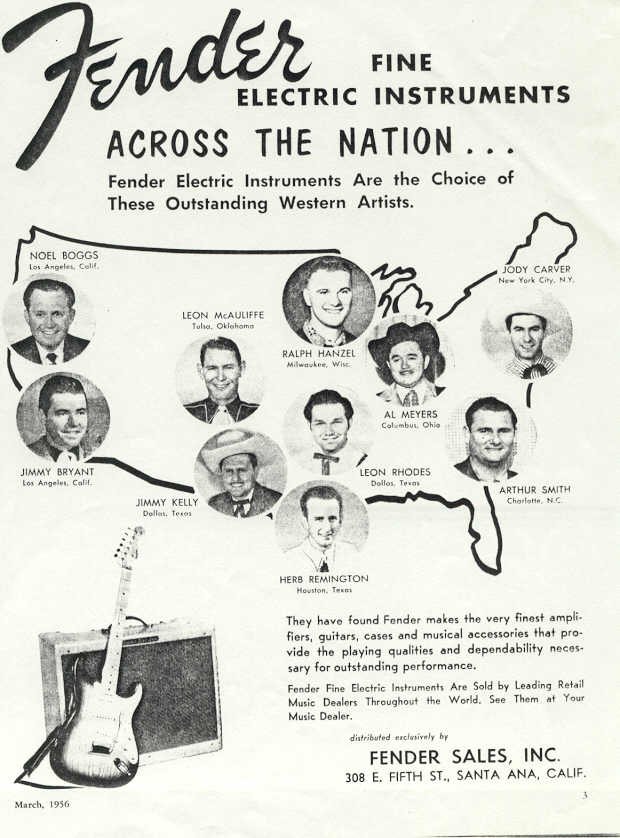
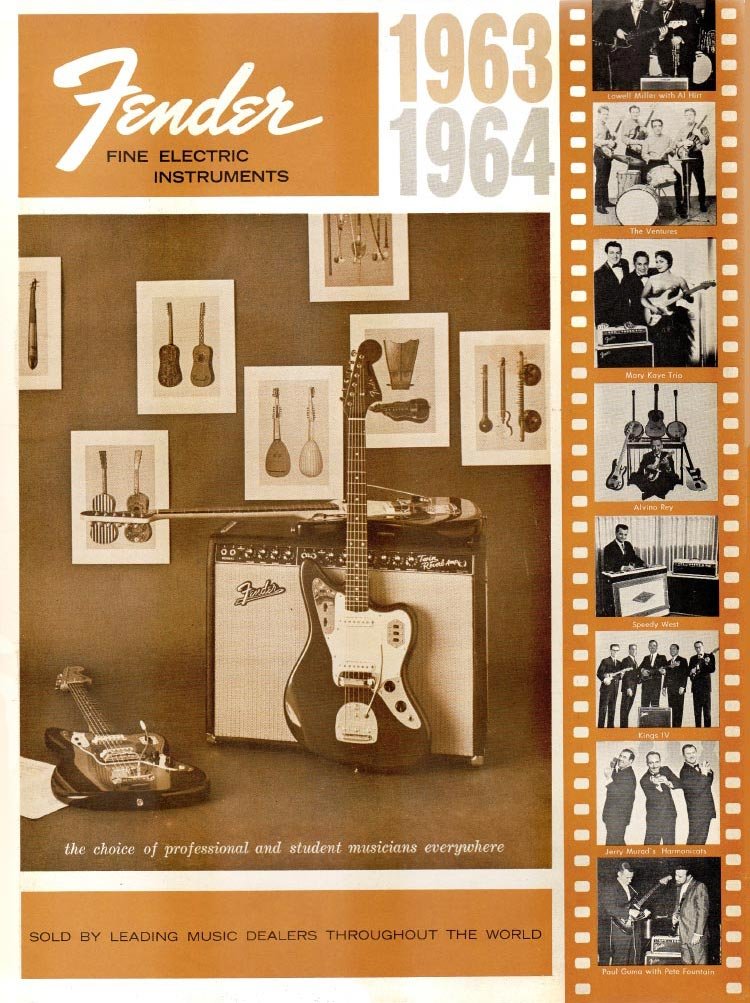
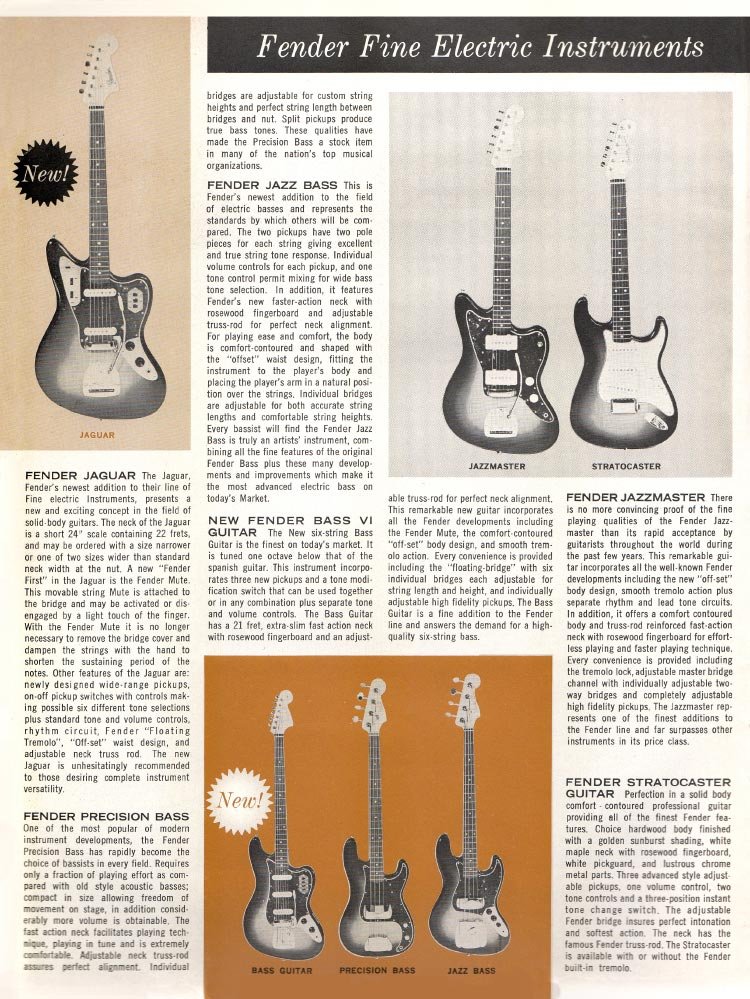

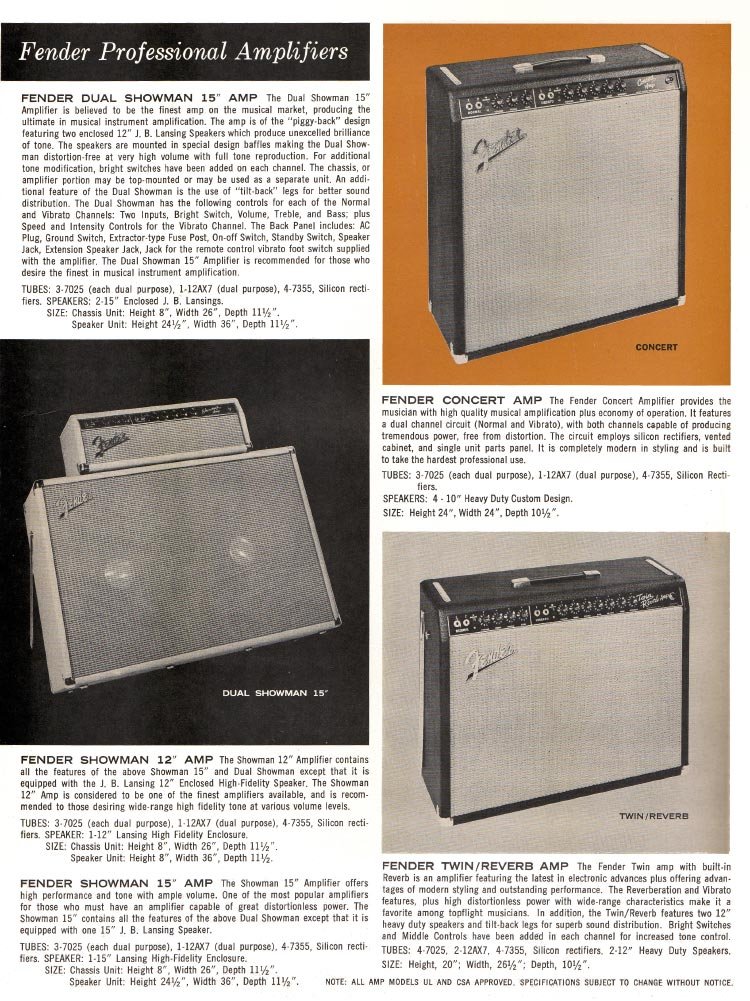
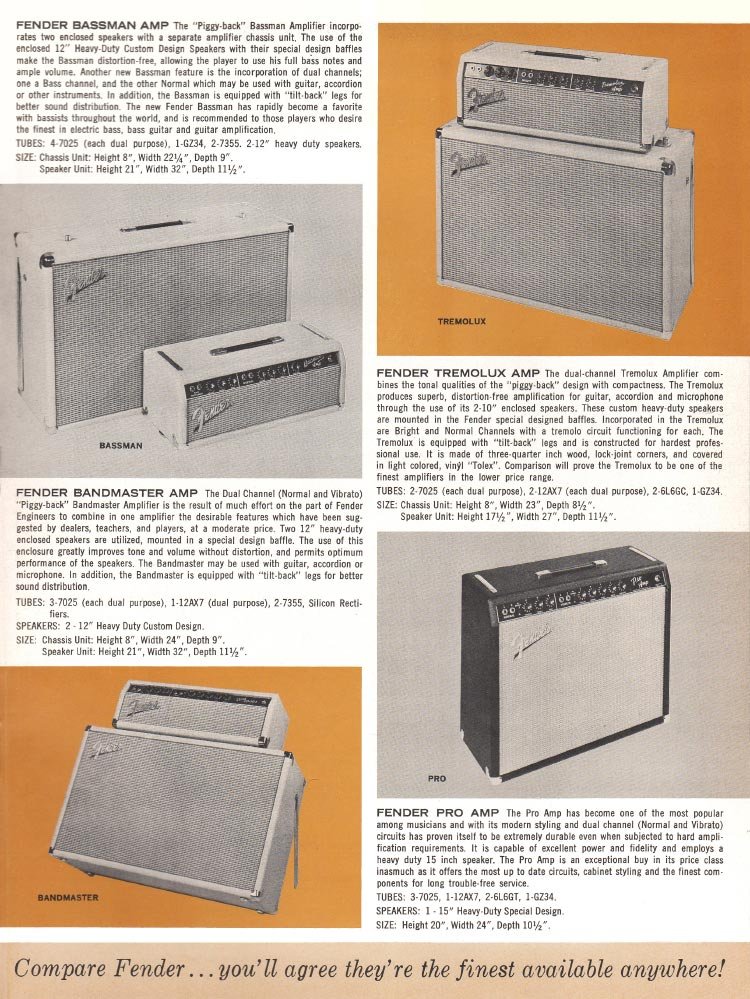
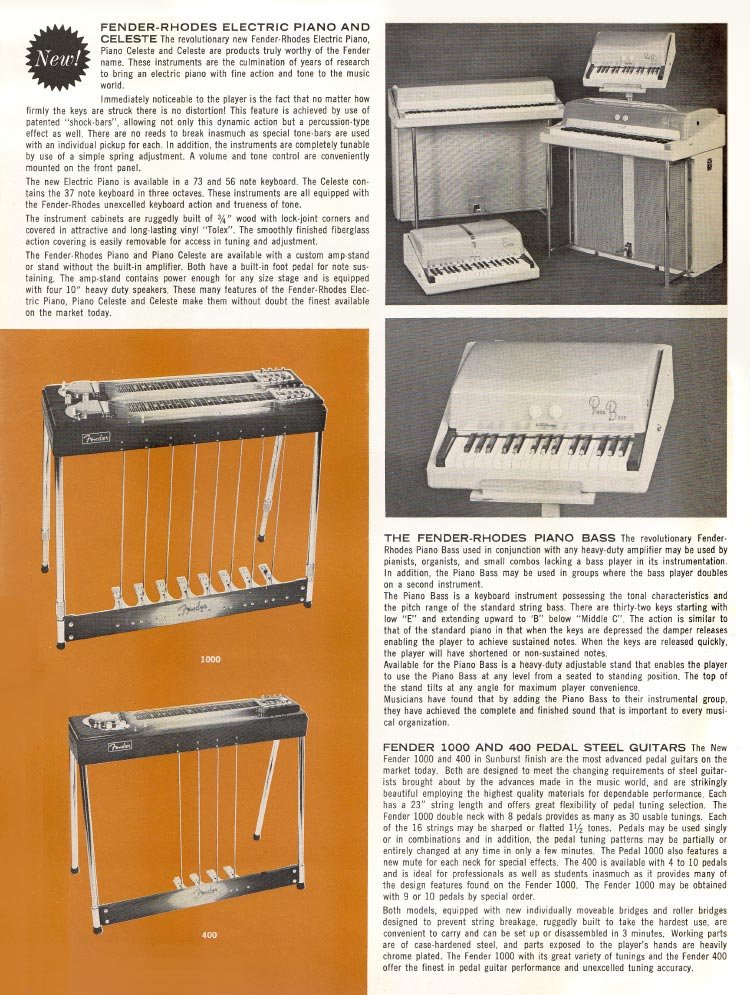
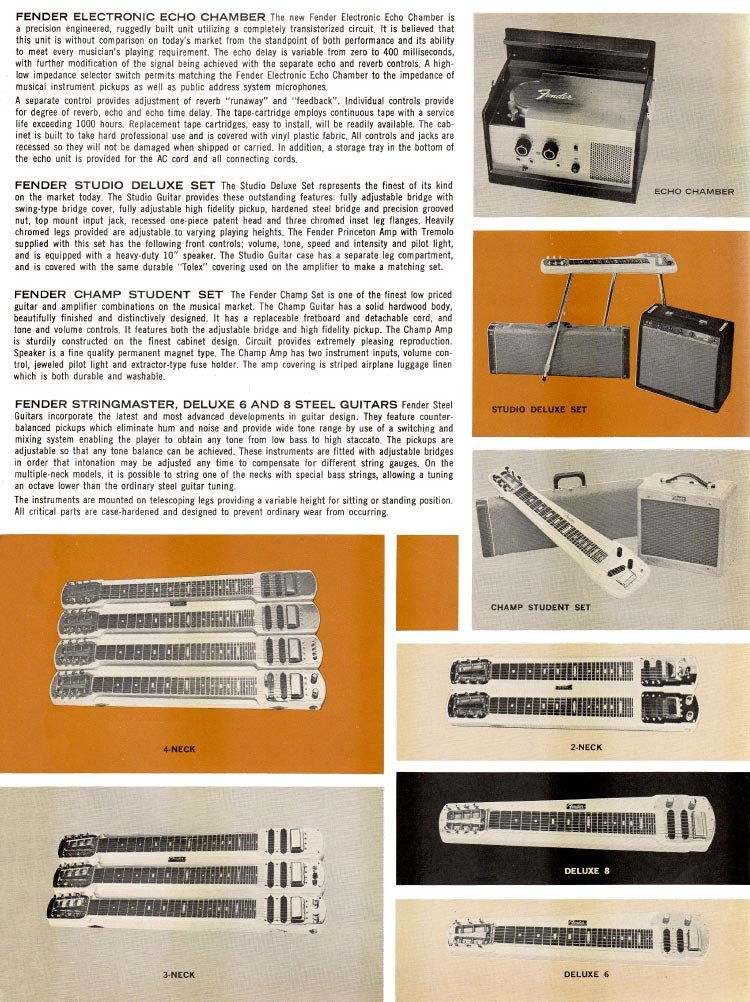
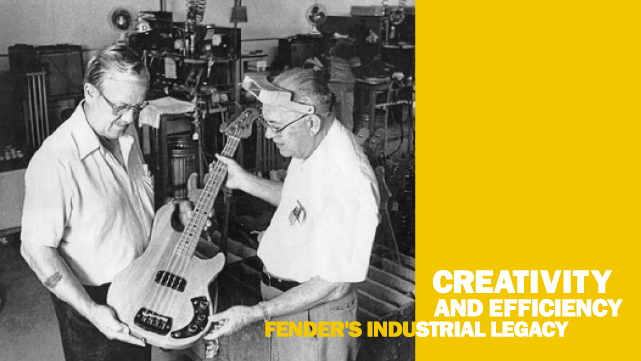
The Electric Guitar Market: Before and After Fender
Before Fender’s groundbreaking innovations, the electric guitar market was a narrow and elitist space. Dominated by complex and expensive designs, it catered mainly to jazz and swing musicians who needed to amplify their hollowbody guitars to stand out in increasingly louder ensembles. However, despite their innovation, these instruments had significant flaws, such as acoustic feedback issues and high production costs, making them inaccessible to most musicians.
A Restricted and Conservative Guitar Market
In the 1930s, brands like Gibson led the market with models such as the ES-150, a hollowbody electric guitar primarily designed for jazz. While these instruments were advanced in both technical and aesthetic terms, they perpetuated a paradigm that stifled creative freedom.
Additionally, the market was controlled by a small number of manufacturers, which limited diversity and innovation. These guitars failed to meet the practical needs of musicians who sought affordable, functional tools capable of adapting to louder sonic environments.
After World War II, the U.S. experienced an industrial boom, fueling the emergence of new musical styles like rock and roll and electric blues. This cultural shift created an opportunity that Leo Fender was quick to seize.
Fender and the Transformation of the Guitar Market
Fender emerged as a game-changer, breaking the mold with a practical and functional approach. In 1950, Fender introduced the Telecaster, the first mass-produced solid-body electric guitar, followed by the Precision Bass in 1951.

These instruments were not only technically innovative but also accessible. Fender disrupted the market by prioritizing simplicity and functionality:
- Practical and Affordable Design: The Telecaster featured a bolt-on neck and solid body, making it easy to manufacture and repair. This significantly reduced production costs and allowed for efficient mass production.
- Adaptation to New Genres: These guitars met the needs of rock, blues, and country musicians, delivering a powerful sound without the feedback issues of hollowbody designs.
- Mass Production: Fender adopted industrial manufacturing techniques that not only increased the availability of electric guitars but also lowered their prices, making them affordable to a much broader audience.
This approach allowed Fender to open up the electric guitar market, making these instruments accessible to both professional musicians and amateurs. Electric music, once reserved for an elite few, became democratized, ushering in a new era.

Fender: Industrial Innovation and Its Business Legacy
Fender’s impact extended far beyond the music world, leaving a significant mark on industrial manufacturing and business strategy. Its revolutionary approach to mass production set a new standard for the musical instrument industry. Drawing inspiration from the automotive industry, Fender implemented techniques such as interchangeable parts and standardized processes, which reduced costs and increased efficiency.
This strategy not only made electric guitars more accessible but also transformed how instruments were conceived and produced, setting a replicable model for other manufacturers. Fender positioned itself as a pioneer not only in design and technology but also in integrating functionality with aesthetic appeal to reach wider markets.
Fender’s success became a benchmark for other industries, proving that combining technical innovation with a clear business vision could redefine entire sectors. Its industrial legacy remains a textbook example of how creativity and efficiency can coexist to create lasting cultural and business impact.























